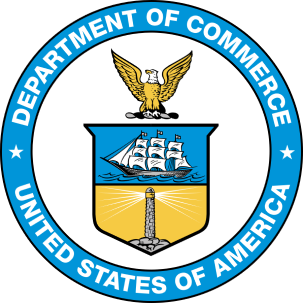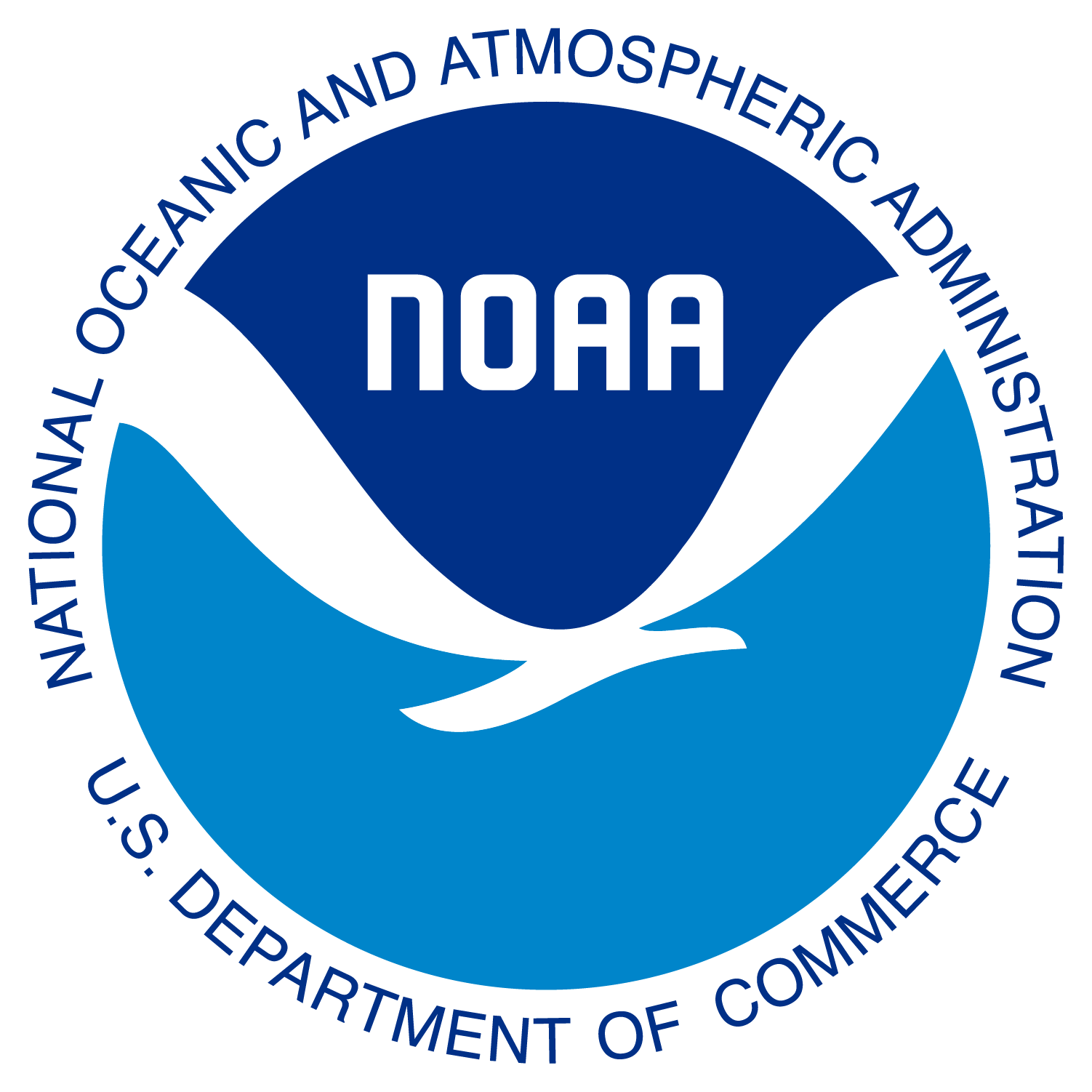|
Impact of 2011's Tropical Storm Lee on Chesapeake Bay
The extensive flooding due to Tropical Storm Lee in 2011 impacted the Chesapeake
Bay with sediment-laden flood waters. Satellites were used to track the
extent of the plume of sediment to help understand the effects of sediment
pollution on the Bay's ecosystem. The satellite images below are maps of
total suspended matter -- a measure of how much material (mud, silt,
debris) is in the surface water. These satellite images were taken by the
MODIS instrument on NASA's Aqua satellite and processed by NOAA CoastWatch.
Shown below are satellite images before and after the storms Irene
and Lee, depicting the sediment-laden waters that entered the Chesapeake Bay.
before: Aug 23, 2011 / after: Sep 11, 2011
Total Suspended Matter
click on an image for a larger version
Before:
August 23 |
After:
September 11 |
|---|
 |
 |
True Color Images
click on an image for a larger version
Before:
August 23 |
After:
September 11 |
|---|
 |
 |
Sediment poses a hazard to the Chesapeake Bay by reducing the Bay's water
quality. Oysters that normally filter the water can be smothered by the
sediment. In addition, sediment reduces the light needed by sea-grass beds,
which ordinarily provide nursery grounds for many species of fish and crabs.
The restoration of oysters and sea grasses has been a priority in efforts to
revive the health of the Bay, but catastrophic events such as those brought
by Tropical Storm Lee hamper these efforts. Management practices, that will
bring about long-term reduction in sediment and nutrient pollution from
upstream agricultural and urban/suburban sources, will have a positive impact
on the Bay by making the Bay more resilient when catastrophic events occur.
The deluge of rain from Tropical Storm Lee caused the third highest
flooding on the Susquehanna River, the largest tributary entering the Bay,
with a peak river discharge of 778,000 cubic feet per second on September 9,
2011. Sediment pollution is carried with the flood waters into
the Bay, along with debris, garbage, and nutrient pollution from fertilizer
and sewage overflows. The nutrient pollution caused
a dead zone of low-oxygen water to form in the late fall of 2011.
Aquatic life has great difficulty surviving in low-oxygen dead zones.
Scientists create satellite-derived maps of total suspended matter
by relating in-water sediment concentration measurements to the amount of
light leaving the water -- the light that is eventually seen by the satellite
(Ondrusek et al., 2012). Satellites can thereby be used to estimate the
sediment concentration in the surface water, which is useful for ecologists
studying the effect of sediment-laden water on aquatic life.
Research on the Sediment Plume's Effects on the Bay
Daily Tracking of the Sediment Plume in 2011
click on an image for a larger version
| 












































